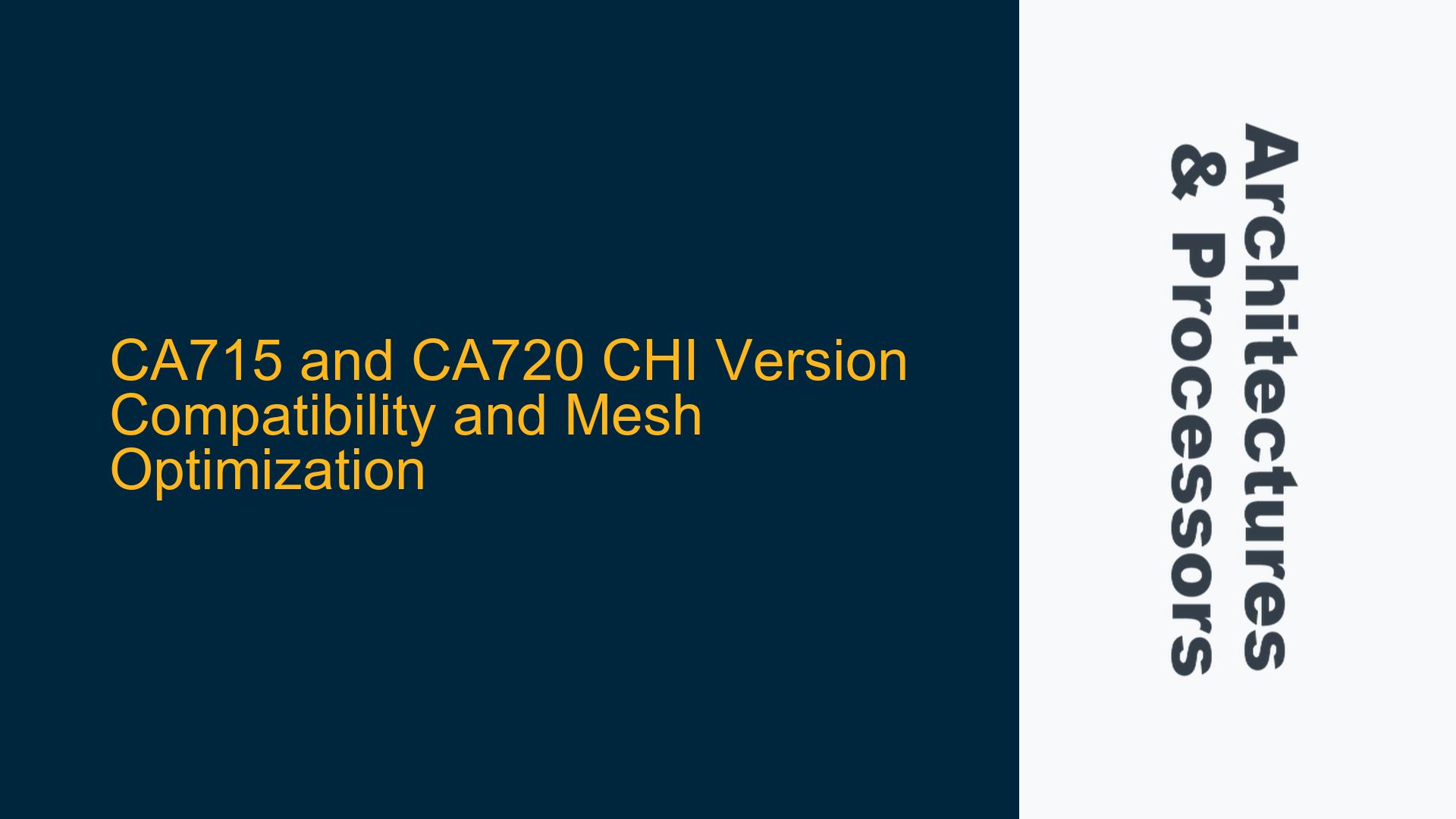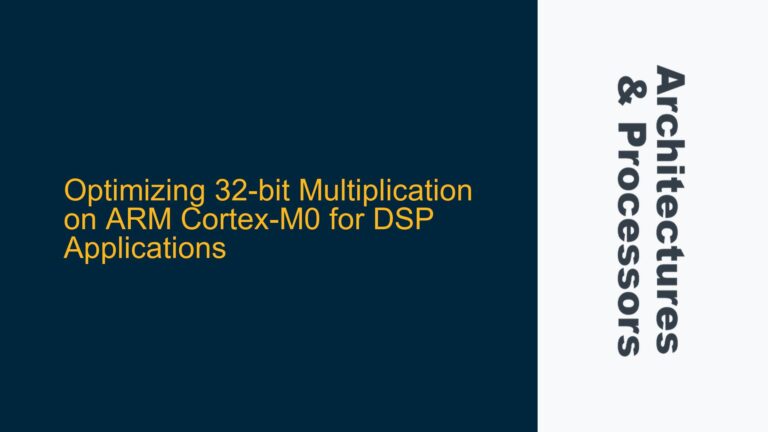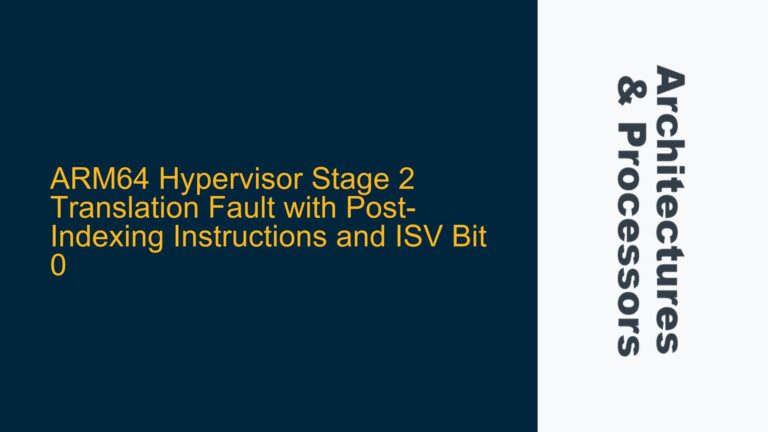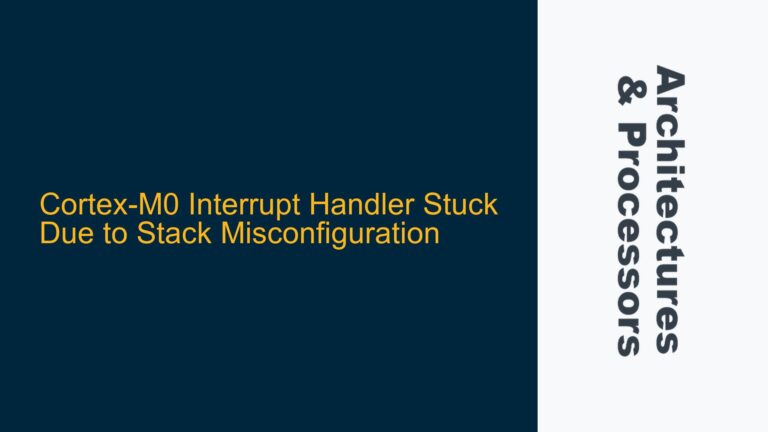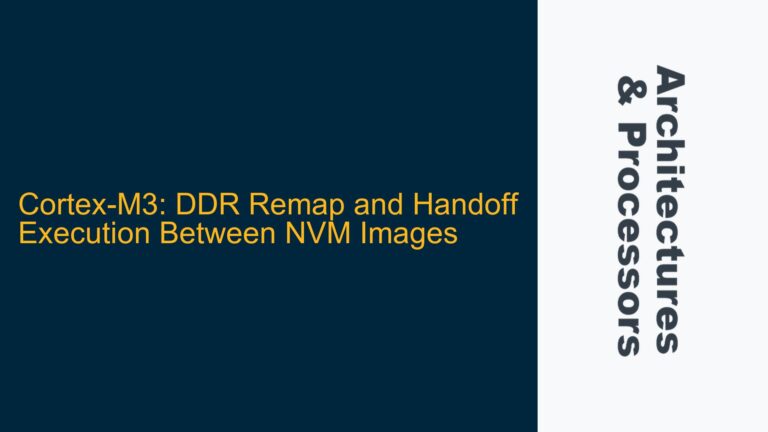CA715 and CA720 CHI Version Compatibility
The CA715 and CA720 are advanced ARM cores designed for high-performance computing and embedded systems. A critical aspect of their design is their compatibility with the ARM Coherent Hub Interface (CHI) protocol, which governs the communication between the cores and other system components such as memory controllers, caches, and interconnects. The CHI protocol has evolved through several versions, namely CHI-A, CHI-B, CHI-C, CHI-D, and CHI-E, each introducing new features, optimizations, and enhancements to improve system performance and scalability.
The CA715 is compatible with CHI-C, CHI-D, and CHI-E. However, the optimal version depends on the specific use case and system requirements. CHI-C provides a solid foundation with basic coherency and performance features, while CHI-D introduces enhancements in power management and latency reduction. CHI-E, the latest version, offers advanced features such as improved cache stashing, better support for heterogeneous systems, and enhanced scalability for large mesh networks.
Similarly, the CA720 is compatible with CHI-D and CHI-E. For systems requiring the highest performance and scalability, CHI-E is the recommended version. It provides significant improvements in data transfer efficiency, coherency management, and support for complex topologies, making it ideal for high-performance computing and large-scale embedded systems.
Understanding the compatibility between the CA715, CA720, and CHI versions is crucial for designing efficient systems. Mismatched versions can lead to suboptimal performance, coherency issues, and even system failures. Therefore, it is essential to verify the CHI version supported by both the cores and the interconnect fabric during the design phase.
Performance Optimization and Mesh Arrangement for CA720
The CA720 is designed to deliver exceptional performance in multi-core systems, particularly when arranged in a mesh topology. A mesh topology is a scalable and flexible interconnect architecture that allows multiple cores to communicate efficiently. However, the arrangement of CA720 cores in the mesh significantly impacts system performance, latency, and power consumption.
An 8×8 mesh arrangement, consisting of 64 CA720 cores, is a common configuration for high-performance systems. In this arrangement, each core is connected to its immediate neighbors, forming a grid-like structure. The placement of nodes within the mesh is critical for optimizing performance. Nodes located at the edges and corners of the mesh have fewer connections compared to those in the center, which can lead to uneven communication latency and bandwidth utilization.
To achieve the best performance, it is recommended to place high-priority or frequently communicating nodes in the center of the mesh. This placement minimizes the average hop count for data transfers, reducing latency and improving overall system efficiency. Additionally, the use of CHI-E in an 8×8 mesh arrangement provides advanced features such as adaptive routing and dynamic power management, further enhancing performance and scalability.
Another consideration is the allocation of shared resources such as caches and memory controllers. In a mesh topology, these resources should be distributed evenly across the mesh to avoid bottlenecks. For example, placing memory controllers at strategic locations within the mesh ensures that all cores have equitable access to memory, reducing contention and improving throughput.
Implementing CHI-E for Enhanced Coherency and Scalability
Implementing CHI-E for the CA715 and CA720 cores involves several steps to ensure optimal coherency, performance, and scalability. The first step is to configure the interconnect fabric to support CHI-E features. This includes enabling advanced coherency protocols, cache stashing, and adaptive routing. The interconnect fabric must also be configured to handle the increased traffic and complexity associated with large mesh networks.
Cache management is another critical aspect of implementing CHI-E. The CA715 and CA720 cores support multi-level caches, including L1, L2, and L3 caches. Proper cache configuration and management are essential for maintaining coherency and minimizing latency. CHI-E introduces features such as cache stashing, which allows data to be pre-fetched and stored in caches closer to the requesting core, reducing access latency.
Data synchronization is also a key consideration when implementing CHI-E. The use of data synchronization barriers ensures that all cores have a consistent view of memory, preventing coherency issues and data corruption. Additionally, CHI-E provides mechanisms for handling speculative execution and out-of-order transactions, further enhancing system performance.
Finally, power management is an important aspect of implementing CHI-E. The protocol includes features for dynamic voltage and frequency scaling (DVFS), allowing the system to adjust power consumption based on workload demands. Proper configuration of these features ensures that the system operates efficiently without compromising performance.
In conclusion, the CA715 and CA720 cores offer exceptional performance and scalability when paired with the appropriate CHI version and mesh arrangement. By understanding the compatibility between these cores and CHI versions, optimizing mesh topology, and implementing advanced CHI-E features, designers can create high-performance systems that meet the demands of modern computing and embedded applications.
